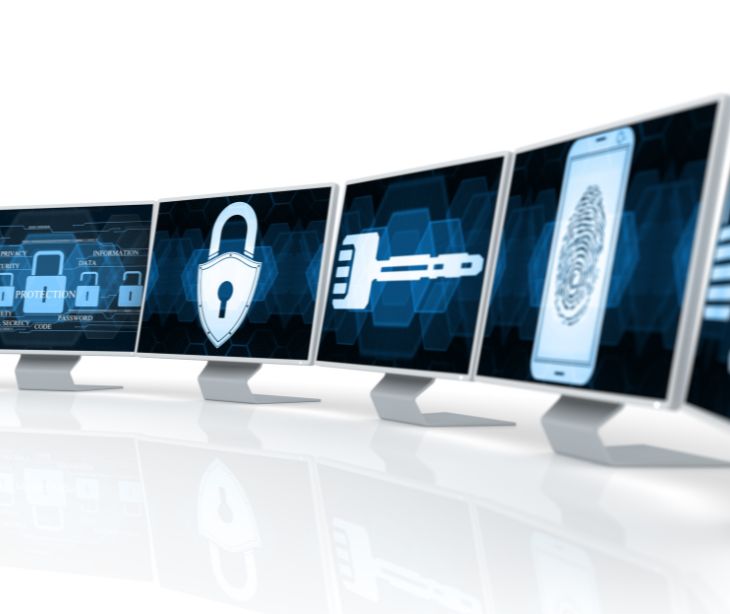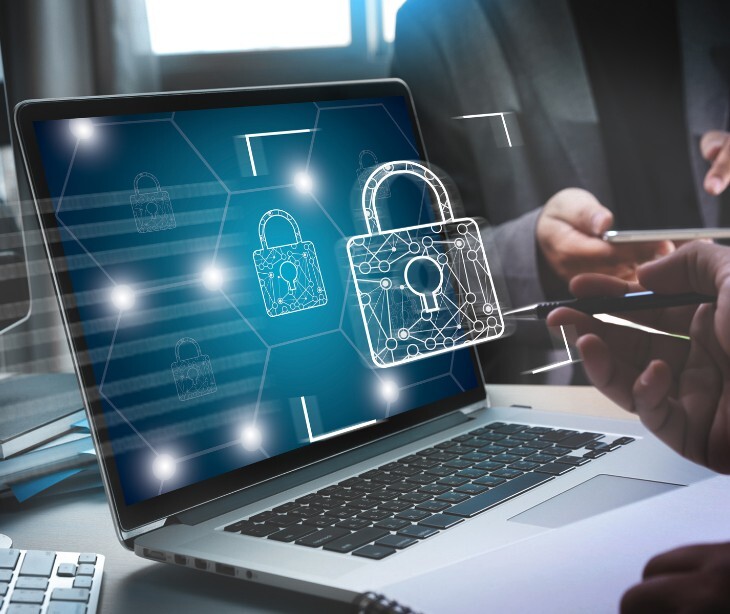
Log monitoring is an active process in IT security and systems management. Professionals continuously collect, analyze, and manage the records (logs) created by computer systems, networks, and applications. This process maintains the integrity and performance of IT systems. IT teams can quickly spot unusual or suspicious activities by monitoring logs, signaling potential security threats or system malfunctions. In response to these detections, they can promptly initiate security protocols or troubleshooting procedures, enhancing the organization's overall security posture.
The role of log monitoring in compliance auditing
Log monitoring benefits HIPAA compliance auditing by ensuring secure and authorized access to protected health information (PHI). This process involves tracking and recording every access attempt to systems containing PHI, a requirement under the HIPAA Security Rule. By vigilantly monitoring log activities, healthcare organizations can detect and prevent unauthorized access, a key aspect of safeguarding patient data.
See also: HIPAA Compliant Email: The Definitive Guide
Information that should be monitored in healthcare
Each log type offers unique insights and serves different yet overlapping IT management and security purposes. System and application logs focus more on performance and operational efficiency, while security and network logs are geared toward threat detection and maintaining security. Together, they provide a comprehensive view of an organization’s IT health.
- System logs: These logs record events that occur within the operating system. They include information about system operations, malfunctions, and significant system events like shutdowns and restarts.
- Application logs: These are generated by the applications running on a system. They provide insights into application performance, user activities, and any errors or issues that arise during application execution.
- Security logs: Security logs specifically track security-related events, such as log attempts, access to secure files, and changes to security settings.
- Network logs: Network logs record activities within a network, like traffic data, access requests to the network, and transactions between different network entities.
See also: Can healthcare professionals use online tracking while remaining HIPAA compliant?
The process of log monitoring
Step 1: Identify key systems and data sources
These include sources such as:
- Electronic Health Records (EHR)
- Network infrastructure like routers, switches, and firewalls
- Medical devices
- Applications
Step 2: Determine log types to monitor
Track who accesses what data and when, especially for sensitive patient information. Document any changes made within systems, like alterations to medical records. Also, ensure that performance and errors of the IT infrastructure are tracked.
Step 3: Establish log management procedures
Use a centralized system for collecting and storing logs from all sources. Ensure logs are retained as required by healthcare regulations like HIPAA.
Step 4: Implement automated monitoring tools
Automate the aggregation and analysis of logs for potential security incidents. Set up real-time alerts for suspicious activities, like multiple failed log attempts or access to high-sensitivity data.
Step 5: Ensure compliance and privacy
Conduct audits to ensure compliance with laws like HIPAA, which mandates strict privacy and security standards for patient data.
Step 7: Continuously update and improve
Regularly update policies and practices in line with evolving healthcare regulations.
Step 8: Incident response planning
Have a plan for responding to detected security incidents, including data breaches. Concerning preparing staff, the use of mock drills ensures the readiness of the response team.
Step 9: Documentation and reporting
Document all log monitoring activities and findings for accountability and compliance.
See also: How to conduct a HIPAA compliance audit
Subscribe to Paubox Weekly
Every Friday we'll bring you the most important news from Paubox. Our aim is to make you smarter, faster.




